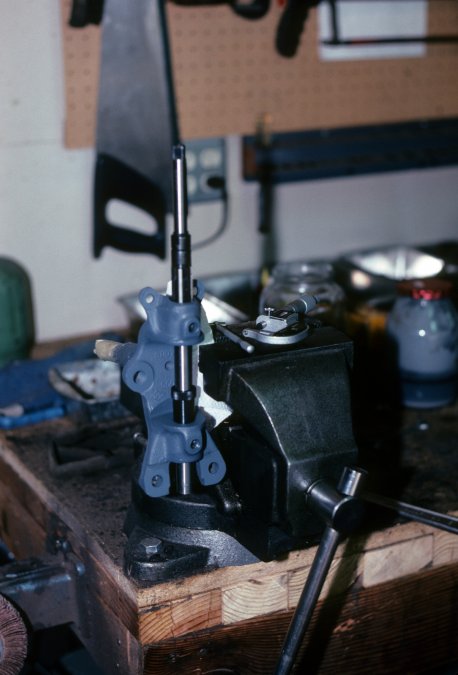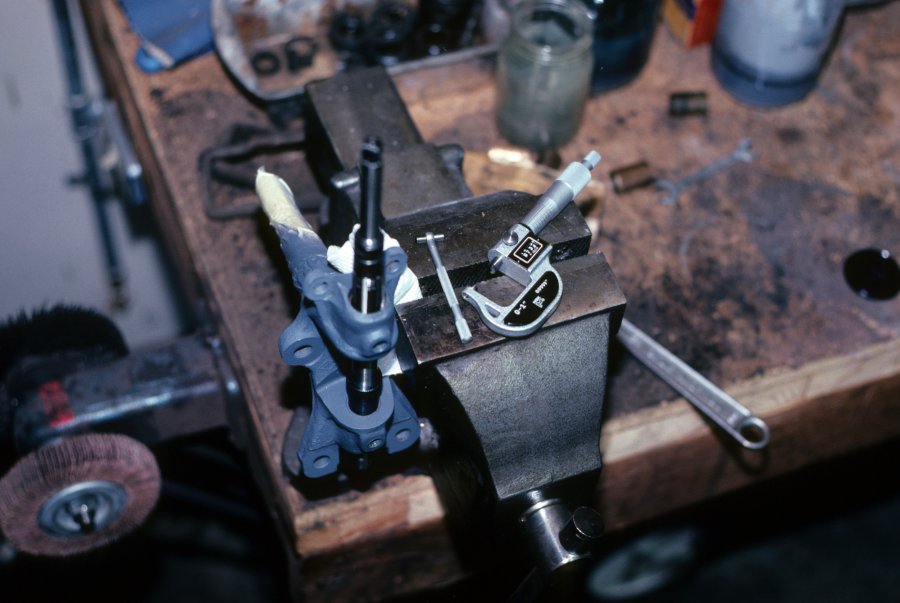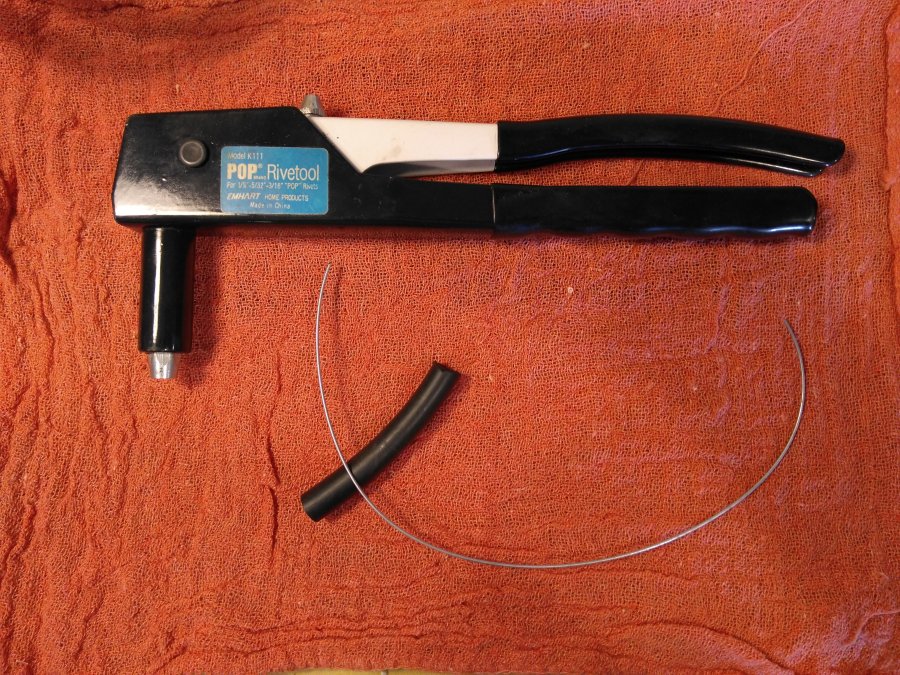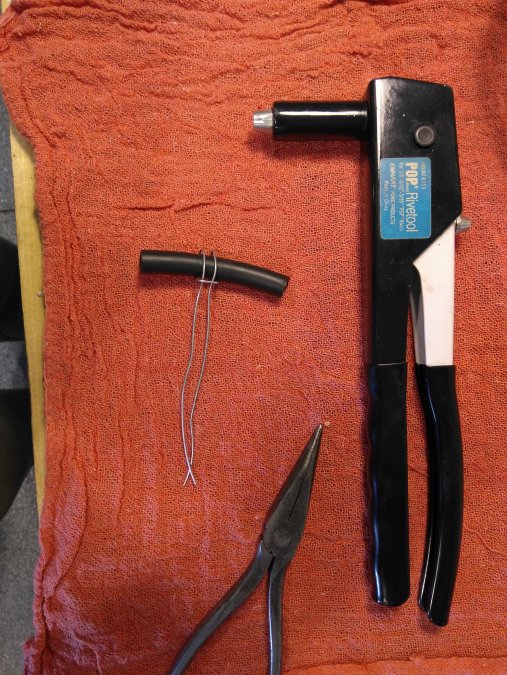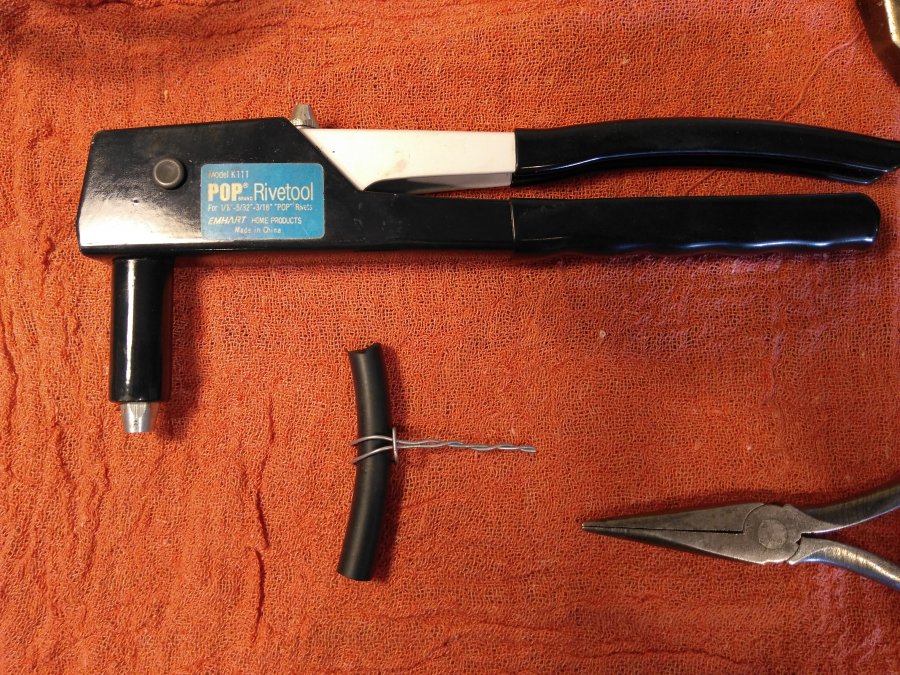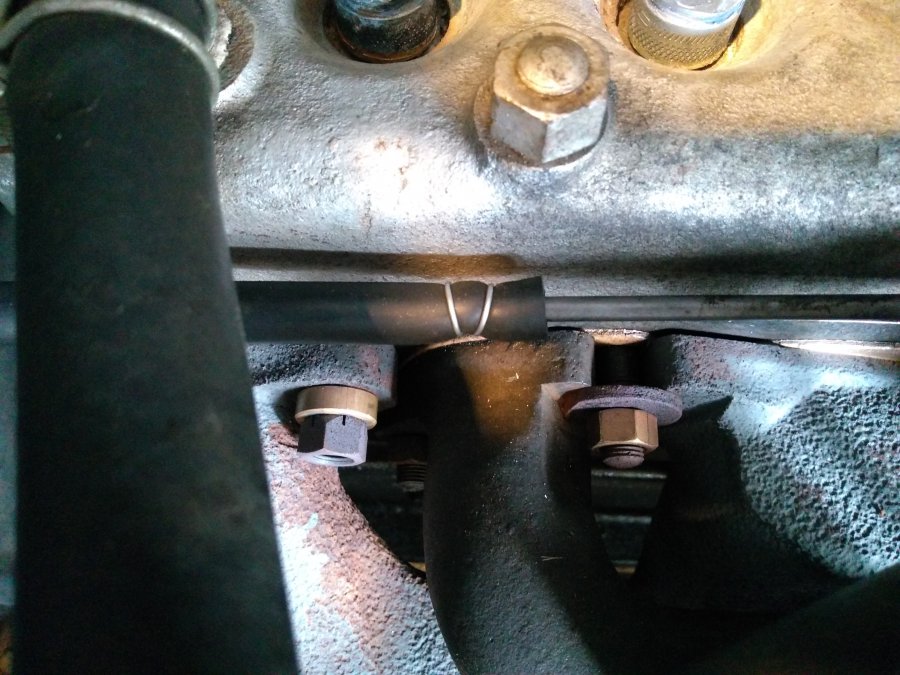-
Posts
6,309 -
Joined
-
Last visited
-
Days Won
33
Content Type
Links Directory
Profiles
Articles
Forums
Downloads
Store
Gallery
Blogs
Events
Everything posted by TodFitch
-
While the topic is performance, conversations can wander and a few posts digressing into Fulton or fulton style visors does not seem unreasonable to me. I assume the main topic will be resumed without further complaints to the moderators. . .
-
What the heck is it about transmission threads that gets everyone all riled up? Since this is going downhill fast, I am locking it.
-
And a better chance of breaking your arm, shoulder or worse if it backfires. Back in the day the instructions were to always pull rather than push so that if/when something when wrong you were moving out of the danger zone and not falling into it. And a backfire will pull the crank from your hand (thumb and fingers always on same side of grip) instead of putting the full force of the engine up your locked arm.
-
Back in younger days I occasionally hand cranked my '33 just to brag that I could do it. I might still be able to hand crank it and get it started but over four decades on it would probably be tougher on me. Nowadays I use the hand crank to turn over the engine, with spark plugs removed, when lining it up to TDC for static timing the engine. My crank came in my car and is stowed behind the rear seat. I don't know how many variations of the crank there are and if you need to get the exact one for your vehicle or not but I guess the come up from time to time in the usual old car parts venues.
-
Looks to me like this thread would benefit from people stepping away from their keyboards for a while. . .
-
Having recently moved from the Bay Area to the southern fringes of the Los Angeles metroplex, I my opinion is that LA has worse traffic than SF. In the SF area it is pretty easy to get to the back roads of the Santa Cruz Mountains, across the Golden Gate Bridge to Marin County, the East Bay hills or even the Central Valley where you can slow down and enjoy the drive on secondary roads. Much harder to do that where I am now, there is only one way out of town that does not involve miles of urban/suburban stop light infested roads or at least an hour on a freeway going 75 or 80 MPH. Unless it is "rush hour" in which case nothing on the surface streets or freeways average much over 10 to 15 MPH. On the other hand, I do get to spend some time on the beach everyday and, unlike anyplace north of Big Sur, the water is usually warm enough that you can think about going in.
-
Sounds like you should give him a cookbook: https://www.amazon.com/Manifold-Destiny-Guide-Cooking-Engine/dp/1416596232/ref=sr_1_1?ie=UTF8&qid=1490733439&sr=8-1&keywords=manifold+destiny
-

Flathead 6 Oil Pump / Flow / Filter Question
TodFitch replied to MBiggs's topic in Technical Archives
Lets see. Oil pressure relief closed (zero or low pressure situation), so oil in the main oil galley is not being allowed to return from the filter or go directly back into the pan. Got that. If oil is being pumped then all the oil is finding other ways to move. Some goes to the bearings (cam, main and through the main to the rods), which if tight will have some resistance to flow, some ought to be going out the lubrication tube in the timing case but I think that has some flow restriction built in. Oil to the valve lifter area is by spray from the rods (though the bearings) so that is not a separate thing to consider. What is stopping oil from taking the very low resistance path through the feed tube to the filter housing? Nothing, and it can't even pressurize as he has the cover off. But he is not seeing it there. Maybe it is just gravity (filter inlet too high for the amount of pressure the pump is putting out while being turned over by the starter motor). But it could be the filter feed tube is clogged. Could be the main oil galley or the plumbing leading to it is clogged, could be the pump isn't pumping, could be the screen in the sump is clogged. Pulling the feed tube to the filter from the main oil galley will help determine where the issue is. -

Flathead 6 Oil Pump / Flow / Filter Question
TodFitch replied to MBiggs's topic in Technical Archives
That explains why the old oil did not exit the housing. It does not explain why is fresh/cleaning fluid did not get into the housing. The feed to the oil filter is from the main oil gallery, flow through the filter is controlled at the filter return by the second set of ports on the oil pressure relief valve. MBiggs stated "With the top off and the filter removed from the canister, I spun it over some more expecting to see flow of some sort of flow, but saw nothing." With the cover off it is possible to get fresh oil into the filter housing before the oil pressure relief valve opens as there is a place for the oil to go that is not stopped up. However the oil filter inlet is the highest thing in the engine oiling system and if there is any restriction getting to it or if there is a easy way for fluid to return to the pan (loose bearings?) then maybe nothing will get that high. I'd remove the inlet tube to the filter from the block: If the oil pump is working at all you will get a lot out of the main oil gallery where it attaches for what its worth, the tube may be clogged and you might as well check that. -
If you have the original Chrysler part numbers for the parts you are looking for, an amazing number of times you can find a modern cross reference. Unfortunately, I have only Plymouth parts books so I can't look up the numbers for your Dodge truck. . .
-
And don't crank down too much on the pan bolts: It is fairly easy to deform the sheet metal on the pan and then making a seal is even harder. Take them all up gently and uniformly going around the pan several times to before you get to your final torque. My first cut at looking for the torque specs has failed, but I recall they are not tightened all that much. Probably a 3/8" ratchet using only your wrist should be enough.
-
All the two bulb sealed beam applications from 1940 up should used the same shaped and size PAR56 bulb. When you get into the 50s and 60s with the smaller diameter four bulb setup, that will be a different form factor. For what its worth, PAR stands for parabolic aluminized reflector and the size is measured in 1/8s of an inch so a PAR56 will be 7" in diameter.
-
Halogen bulbs, on average, produce about 40% more light for the same wattage conventional incandescent. So if you are going from 40/50 watts incandescent to 55/65 watts halogen the light output will be nearly doubled.
-
I think Plymouth Rock is in or near Plymouth, Mass. rather that Penn. In England, Plymouth is a seaport located at the mouth of the River Plym where it empties into the English Channel (or maybe the Atlantic, not sure where the channel officially starts), thus the name. http://www.openstreetmap.org/#map=14/50.3715/-4.1276
-
That is exactly how I did the king pins on my '33 Plymouth. Used a micrometer and a "T" gauge to check the inside diameter of the bushing after each cut.
-
I haven't been in the south Orange County area very long and don't know all the roads. I do know that Ortega Highway from San Juan Capistrano to the Lake Elsinore area is "interesting" when driving a stock '33 model Plymouth. I know where Ramona is and where Julian is but which road exactly is the "the battlefield to Ramona"?
-
Coming from the east into Arizona they were pretty worried about the boll weevil from Texas and the south getting into Arizona cotton crops. Coming from the west, there was (at least in the 1950s) some citrus diseases in California that were not present in Arizona. Might have been some other things they were looking for but as a child I wasn't paying much attention. From the east into California, I am not sure. My grandfather was an agricultural chemist and he didn't think there was much in Arizona crops that wasn't already in California. Could be that the setup is there because it was once needed and they want to keep the system working just in case they need it again (California has one of the largest agricultural industries in the US).
-
When I was a child there were agricultural inspection stations on both sides of the Colorado River between Arizona and California to verify that you had no fruits or vegetables. The ones on the Arizona side (at least at Yuma and Blythe) have been converted to truck scales and/or Border Patrol inspection stations. The ones in California still exist, but at least if you have California license tags they just wave you through most of the time. Occasionally they will ask where you were and if it wasn't a place known for agricultural pests they wave you through.
-
True as far as I know on Plymouth from 1930 Model 30-U through at least 1949 model P15 with the variation being that pre-WW2 the serial number plate was on the right (passenger) side while post-WW2 it was on the left (driver) side.
-
I wanted a hose clamp for the vacuum line on my old Plymouth. And I did not want it to be a modern screw style clamp. Looking around on the web I found a commercially manufactured tool that allow you to use wire to make hose clamps. But no store near me carries those tools (or a similar competitor). While it is possible to make your own tool, I really only need to do one small hose which is already a pretty good fit so does not need a lot of clamping force. So that was more work than I wanted to do. And then I found a write up on a way to do this using stuff I already had in the garage. I thought I'd pass it on.
- 3 replies
-
- 10
-

-
What, if any codes are showing up when you put a ODBII read out device on the car?
-

10TH ANNUAL CLEMENTS TAILGATE BBQ Clements, Ca.
TodFitch replied to 48Dodger's topic in Mopar Flathead Truck Forum
1. The town of Clements or the farm/land the event is held at with a mailing address of Clements? Event is someplace about here if I remember properly. 2. Been known to happen in the past. -
"Certified pre-owned" seems to be the current advertising lingo. I wonder what the used car people will start using next once "certified" and "pre-owned" become as tarnished by their use as "guaranteed" and "used". Took another look at that picture and the coupe on the right sure looks like a '33 PD (DeLuxe) Plymouth to me. And there is a '39 Plymouth front center. Not sure about the car you only see the back of on the street but I the cars I recognize are pre-WW2. I'm guessing the photo is from '41 or so.
-
As noted by earlier responses, outside rear view mirrors were options, often dealer installed, that many cars did not have. That said, check your state's motor vehicle code: In California most things in the equipment section have a "on or after" date but there are exceptions. And one of the exceptions to the "on or after" are rear view mirrors. In California you must have at least two rear view mirrors one of which must be a outside mirror on the side where the operator controls are. It doesn't matter when your vehicle was built or how it was originally equipped, it must have two mirrors to be legal. On the other hand, I've never heard of any collector car being stopped for that type of equipment violation. So you are probably safe from getting a equipment violation ("fix it") ticket if you really think you don't need a outside rear view mirror.
-
Based on the people around looking like they were having picnics, this might have been a staged collision. That was a fairly popular publicity stunt/entertainment around 1900. Things could get out of hand, as they did in the Crush, Texas crash. But others were not quite as hazardous for the spectators. Apparently this type of entertainment was even performed into the 1930s.


